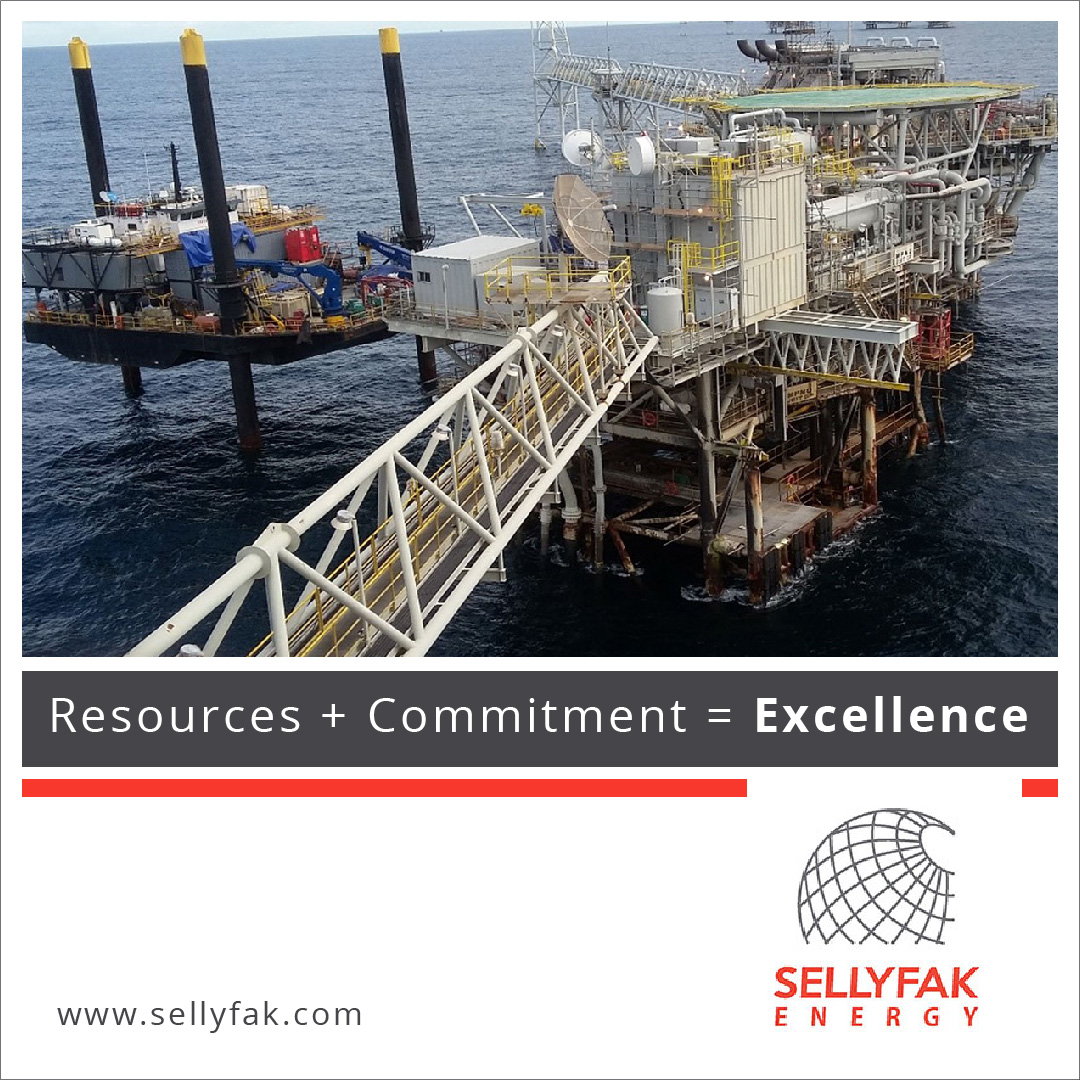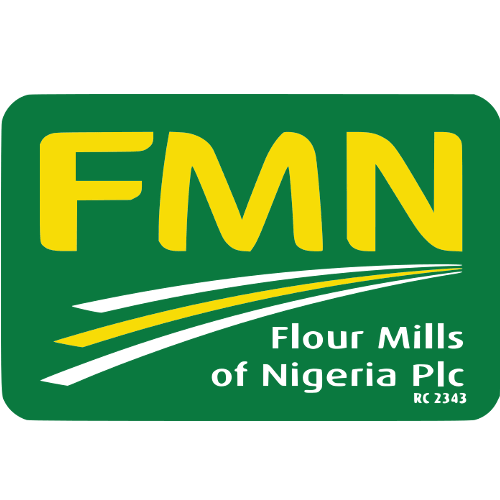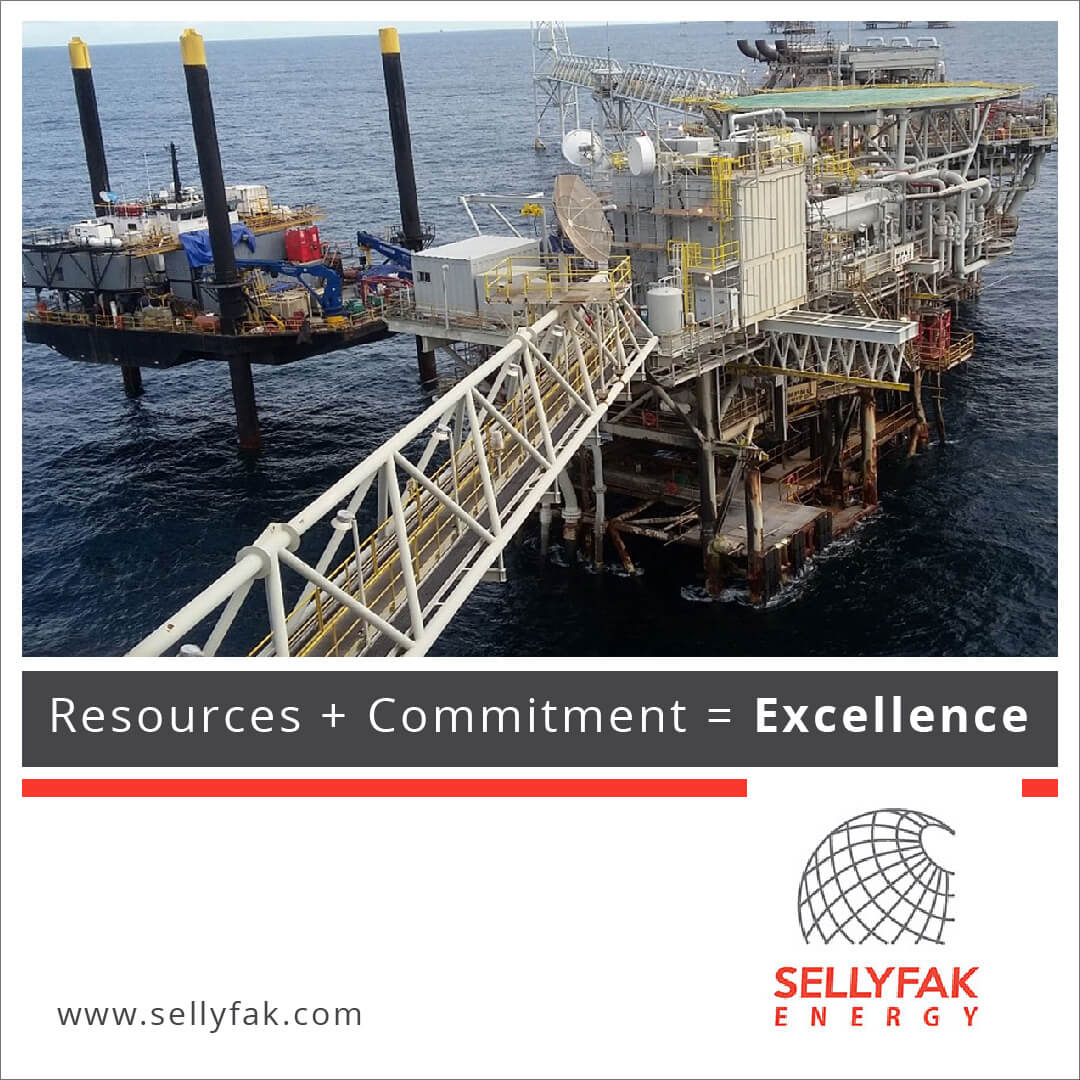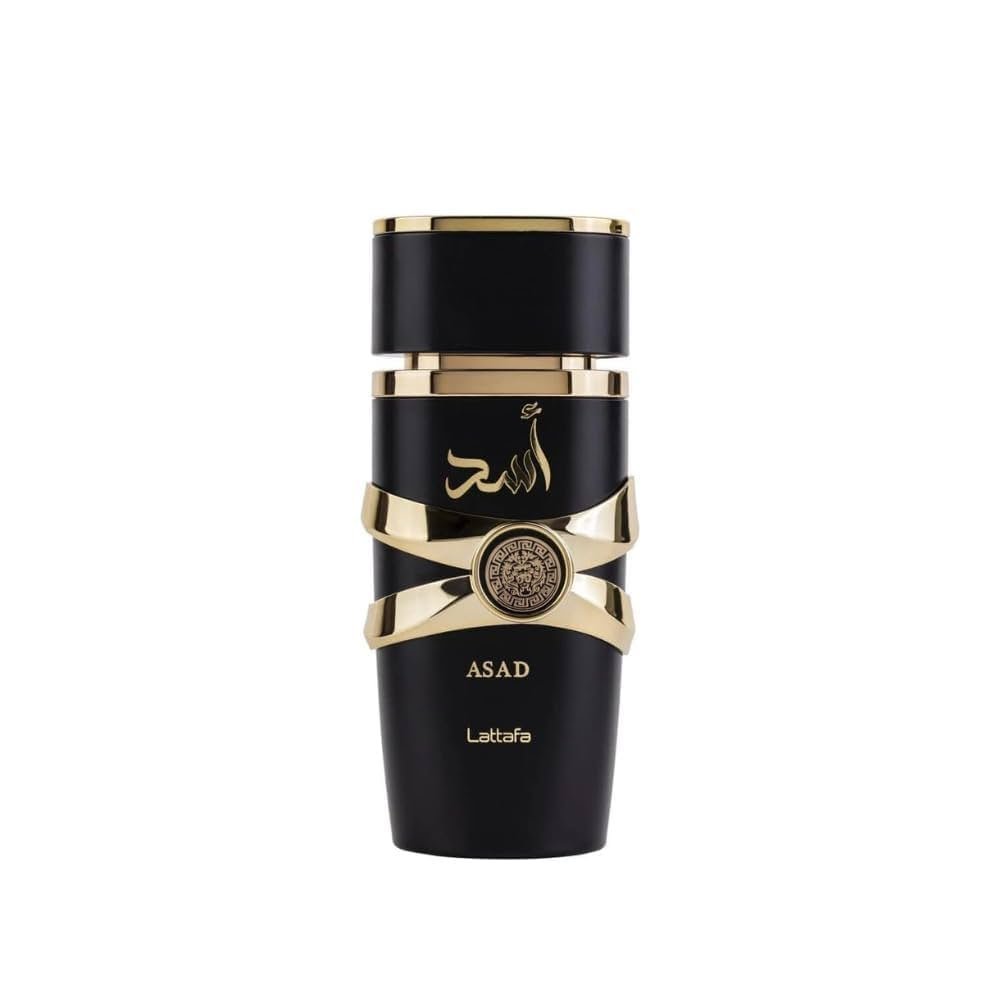Australia is set to overhaul its skilled migration system starting July 1, 2025. The Temporary Skilled Migration Income Threshold (TSMIT) will rise 4.6%, increasing from AUD 73,150 to AUD 76,515 for employer-sponsored visas.
This adjustment impacts new applications for visas like the 482 and 494. Existing visa holders or those with nominations lodged before July 1, 2025, are exempt from these changes.
The Core Skills Income threshold will also climb to AUD 76,515. Meanwhile, the Specialist Skills Income threshold will jump from AUD 135,000 to AUD 141,210, reflecting Australia’s push for high-caliber talent.
These updates aim to attract skilled professionals while ensuring fair compensation. Foreign workers must negotiate salaries meeting these new benchmarks to secure visa approvals.
National Minimum Wage to Rise by 3.5%
Australia’s national minimum wage will increase by 3.5% from July 1, 2025. The new rates set the weekly minimum at AUD 948 and the hourly rate at AUD 24.95.
This change, effective from the first full pay period post-July 1, benefits entry-level workers. While most skilled visa holders earn above this, it supports those in transitional or lower-paid roles.
Superannuation Guarantee Boosted to 12%
The superannuation guarantee rate will rise from 11.5% to 12% starting July 1, 2025. This applies to all eligible wages, even for pay periods spanning June.
Foreign workers should verify employer compliance via payslips. Additionally, superannuation will now be paid on government-funded Parental Leave Pay, enhancing support for parents.
Business Costs and Tax Changes for Employers
Employers sponsoring skilled migrants face increased costs from July 1, 2025. Company registration fees will rise from AUD 597 to AUD 611, with annual review fees increasing from AUD 321 to AUD 329.
Business name renewal fees will edge up from AUD 44 to AUD 45 for one year. Interest on tax debts will also lose tax-deductible status, raising costs for delayed payments.
Implications for Workers and Employers
These reforms underscore Australia’s focus on attracting top-tier skilled migrants. They also prioritize worker protections through enhanced wages and superannuation benefits.
Foreign workers must plan for higher salary requirements and verify super contributions. Employers should adjust budgets and job offers to align with the new thresholds and fees.
Australia’s July 2025 reforms signal a dynamic shift for skilled migration. Staying informed and proactive ensures compliance and success for both workers and employers.
With rising income thresholds and wage adjustments, preparation is key. Foreign workers and businesses must adapt to secure opportunities in Australia’s evolving labor market.
























